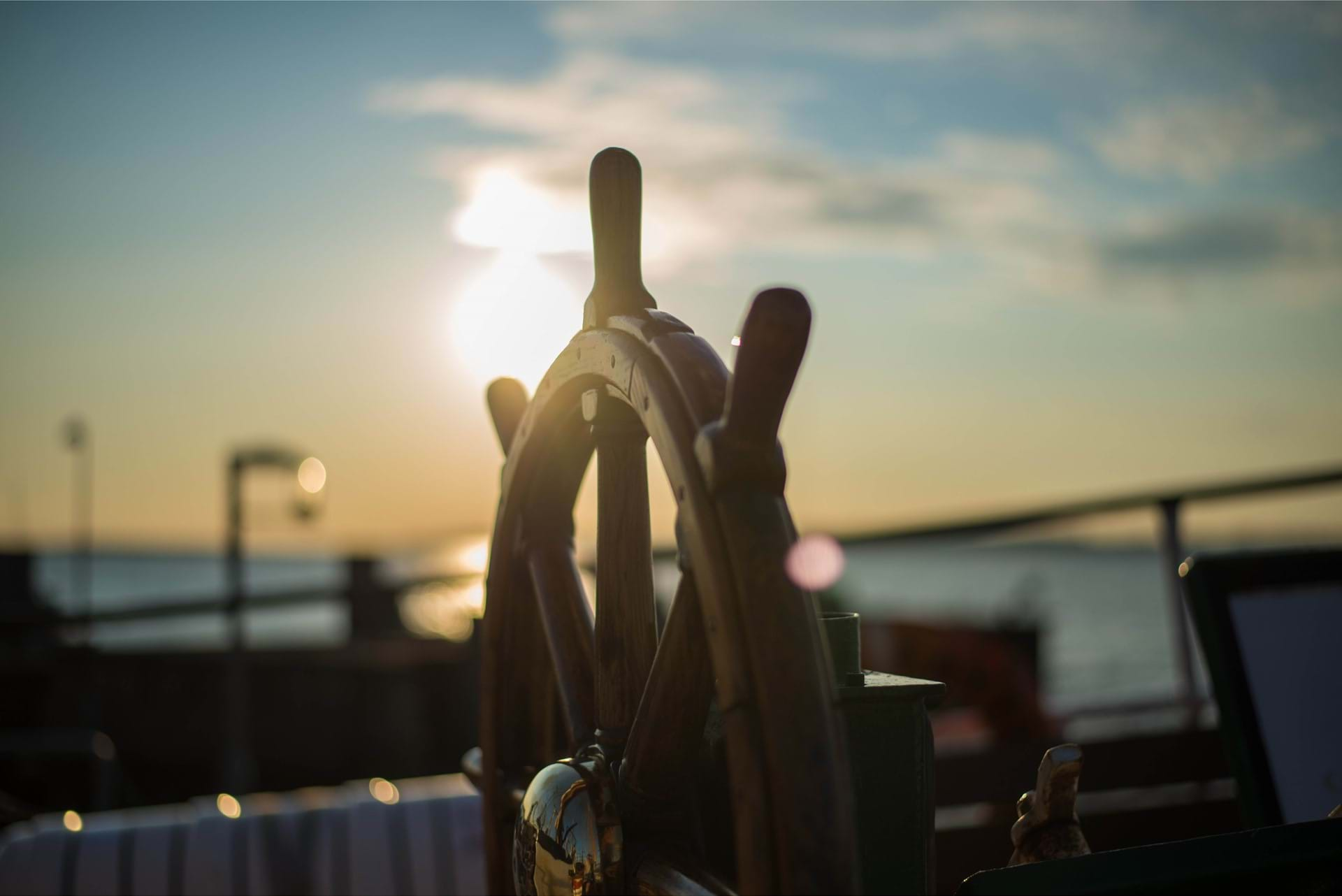
A leader's perspective on the program evolution over 15 years - Ray Johnston looks back
Q & AInvolved since Green Marine’s inception, an industry leader reflects on the program’s journey
Ray Johnston, Corporate Secretary for Green Marine, had been the President of the Chamber of Marine Commerce (CMC) when the notion of an environmental program for the maritime industry was first raised. His appointment as Green Marine’s initial Chairperson, and later President for a decade – along with his continuing involvement in both Green Marine and in the CMC, a founding association – all results in his unique perspectives as Green Marine marks its 15th year. He recently spoke with the magazine’s contributing writer Julie Gedeon.
When did you first realize this environmental initiative was actually going to happen?
A small group of industry executives initially met in 2005. We knew, and kept telling media, that marine transportation was actually greener than other modes, but that story wasn’t getting across. We realized it wasn’t enough to simply keep repeating this… We had to find ways to clearly demonstrate it. Guy Dufresne, the CMC’s Chair at the time, was also serving as Chair of the Mining Association of Canada. He pointed out how the mining industry was effectively getting its sustainability efforts across, and how that model could be adopted by the maritime industry. That led to 50 of our industry’s top executives gathering in what is now the Dominic Taddeo boardroom at the Port of Montreal on May 31st, 2005, to discuss for the first time a cohesive sustainability effort for the Great Lakes–St. Lawrence region.
Why not just make this part of the CMC or another existing maritime association’s responsibilities?
Industry associations focus primarily on advocacy on behalf of their membership. This initiative wasn’t about lobbying government. It really was about pulling together as an industry to address shared challenges and, for the first time to my knowledge, involving other essential stakeholders from government, environmental organizations as well as the scientific/academic community to discuss environmental issues and identify feasible solutions.
How confident were you about this initiative actually taking hold?
You’re never certain, but we knew we had to do something. The media, and governments to some extent, had been focused almost exclusively on the negative aspects of our industry in a way that dismissed the vital economic importance of maritime transportation and its positive environmental attributes compared to other modes.

Broad-based support within the industry emerged quickly for what I think everyone recognized as a good plan. However, all of this required a new mindset.
It necessitated people in our industry not only discussing the environmental issues they had in common, but also sharing what they were doing or planning to do to address them, which certainly wasn’t something that was done up until then. Very few companies had environmental managers at that time. Most people were just starting to get their heads around these issues. I think the Green Marine framework definitely helped them to accelerate that process by giving them a clear framework with prioritized issues, goals and the ability to benchmark their company’s individual performance.
To what extent do you think Green Marine has been a catalyst for changing the maritime industry’s culture in terms of collaborating while safeguarding competitiveness?
I truly can't think of any other initiative with as much involvement and cooperation across an industry – especially as a binational collaboration. I also can’t think of other initiatives with such a sustained effort to address issues with a commitment to find and implement better ways of operating.
What’s the ‘secret sauce’?
Value.
Green Marine has given industry stakeholders a forum to discuss environmental issues and a clear framework to address them.
I think participating companies have found real value in talking with each other to share best practices and to test new ideas. I don’t think as much would have been accomplished if companies had been working on these issues on their own. The Green Marine program sets some ambitious targets, but we have always listened to the stakeholders to make sure the program’s performance indicators are effective and achievable.
Did you imagine it expanding beyond the St. Lawrence–Great Lakes region within a few years?
I think we let ourselves imagine that it could, but we always remained very conscious of the need to not overextend the organization or expand too quickly. Green Marine started off with a small team – and still has a small team today relative to the size and scope of the membership – so the priority has always been to make sure that our organization stays viable and effective before we looked at extending Green Marine to new geographic areas, new types of participants, or new environmental issues.
How key has it been to have industry association members involved?
The associations have played a pivotal role in spreading the word about Green Marine and bringing people together to participate in and evolve the program. Representatives of the six founding associations initially served as the directors of Green Marine’s board. They guided the early direction of Green Marine based on the feedback provided by a Steering Committee comprised of CEOs from the participating companies. To have the program truly led by the top of the industry, it was then decided in 2012 that CEOs from the participating companies would form the board of directors, which continues to be the case today.
How does Green Marine make it easier for the association members to get across the efforts being made by their memberships to advance environmental sustainability?
It’s definitely a tool. Green Marine’s role has never been to advocate, but rather to measurably demonstrate the industry's improvement in environmental performance in a transparent and credible way. The program does make it easier for the industry associations to clearly outline the issues being addressed by their members, the progress over time, the goals ahead, and how all relevant stakeholders are being engaged to find solutions.
What did you think when the opportunity arose to license the Green Marine program in Europe?
Definitely in favour! Green Marine had been approached many times by companies outside North America, so we had already been planning for the possibility of expanding into new markets. The opportunity to launch Green Marine Europe arose thanks to Surfrider Foundation Europe, which had done an extensive global search of existing programs to improve sustainability and decided that the Green Marine framework was the best model to adopt for ship owners and, more recently, shipyard operators within the European Union. The partnership with Surfrider is working very well, and it’s our goal to ensure that Green Marine Europe continues to increase its participating membership as it adjusts the framework to the EU’s environmental priorities and regulations. There has been interest expressed from other parts of the world as well, but as I mentioned earlier, Green Marine is always careful not to stretch its resources too far.
How do you see Green Marine’s role in North America evolving over the next 15 years, especially now that virtually all companies have management, staff and resources dedicated to environmental matters?
Green Marine has had impressive growth in terms of its membership over its first 15 years, and now involves more than 450 organizations in Canada, the United States, and Europe. However, there’s still a lot of scope for growing that base in all the markets that we currently serve, especially with the program’s scalable framework that welcomes various maritime enterprises regardless of where they are in their environmental sustainability journey, as long as there’s the commitment to continual improvement.
Obviously, the program also has to evolve and adapt to advancing regulations and changing environmental conditions. Decarbonization is clearly a gigantic challenge for this industry, as it is for every other industry.
There’s no doubt it’s more likely to happen if we work together.
Green Marine will continue to be the ideal venue to discuss challenges that maritime enterprises have in common and to work towards finding solutions. There’s a lot of expertise, information, and experience shared through Green Marine’s advisory committees, working groups and at the annual GreenTech conference. Providing a way for people with common challenges to really connect with each other is one of Green Marine’s key strengths.
What impresses you the most about the industry as a result of Green Marine’s 15 years?
When you go to a GreenTech conference, there’s this immediate sense of energy you feel. You can see the success that Green Marine has become as a result of everyone’s hard work. Green Marine has played a guiding role but it’s the people at the various companies that have demonstrated that the environment is a real priority for this industry. People are energized by the successes they share at these conferences and eager to learn what else they can do.
Green Marine has also been very fortunate to have had strong guidance and solid governance from the leaders of the maritime industry in Canada and the United States. I have attended every single CEO Steering Committee meeting and board meeting since 2005 and, without exception, every meeting has been a positive and constructive session. We have been fortunate to have so many directors who have been engaged, dedicated and ready to contribute in that role. Our directors are top people in North America’s maritime industry who are dedicating significant time to the program. The knowledge and expertise they have contributed to Green Marine are invaluable! It’s another one of Green Marine’s less visible but huge success stories.
Of course, a lot of credit must also go to the leadership and support provided by the Green Marine management team. With David Bolduc at the helm since the early days, and every single person who works at Green Marine today, as well as those who have since moved on elsewhere, we have been extremely fortunate to have staff who contribute or have contributed positively in ways that have given this program greater enduring value.

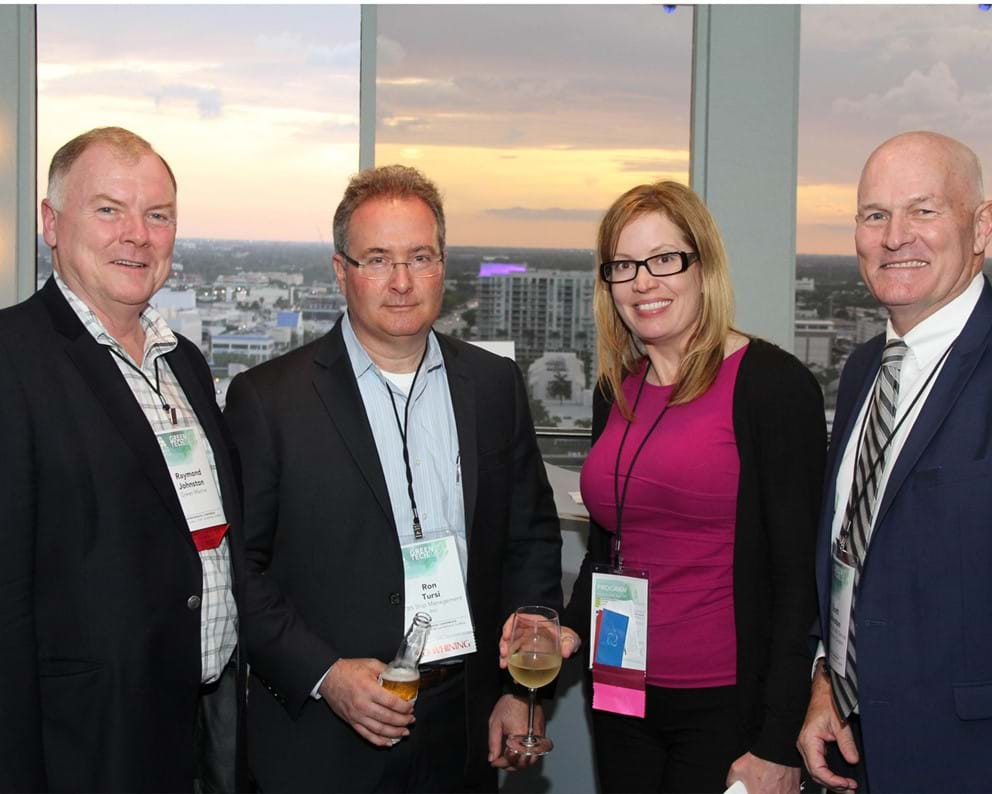
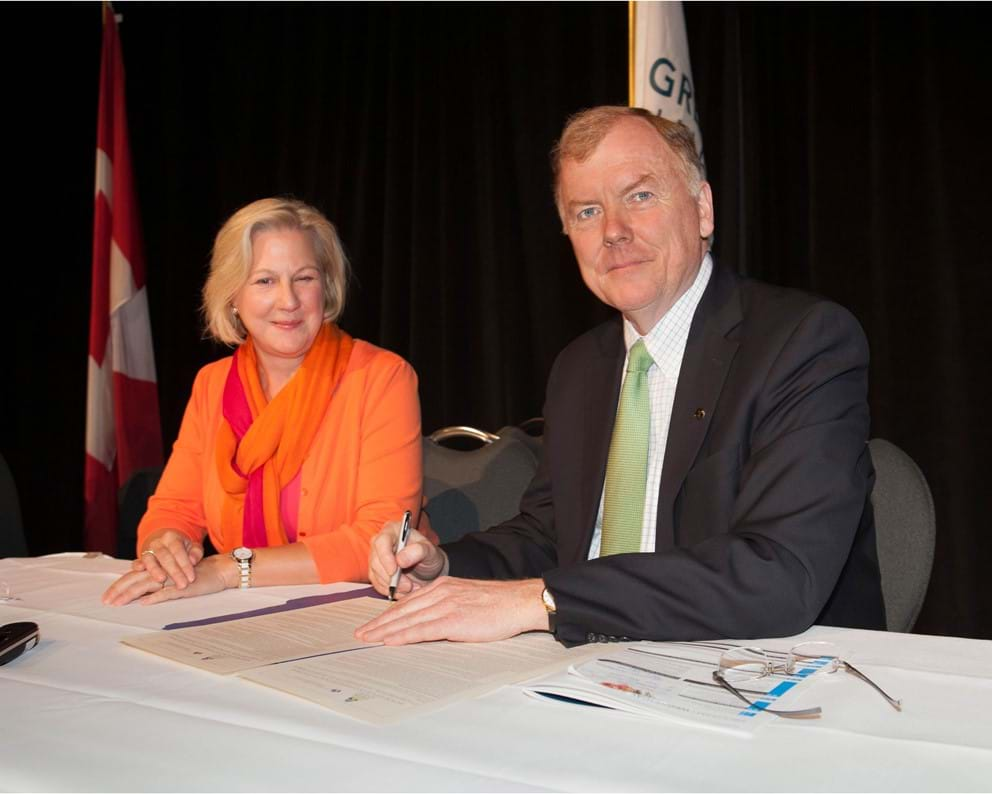
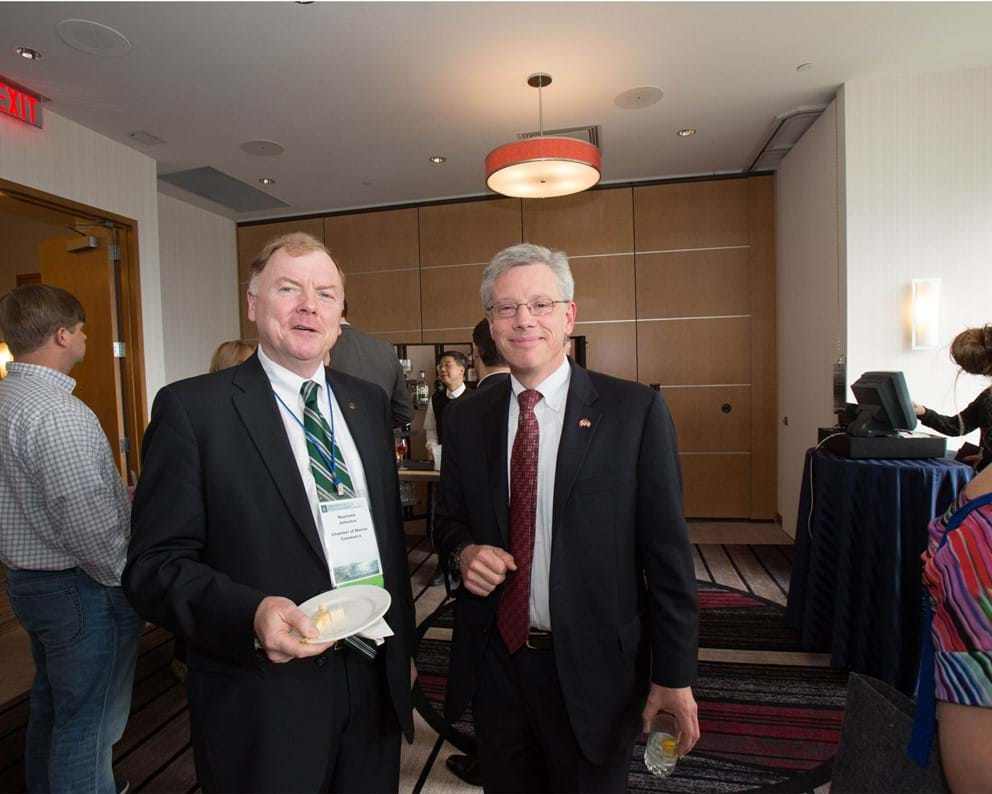
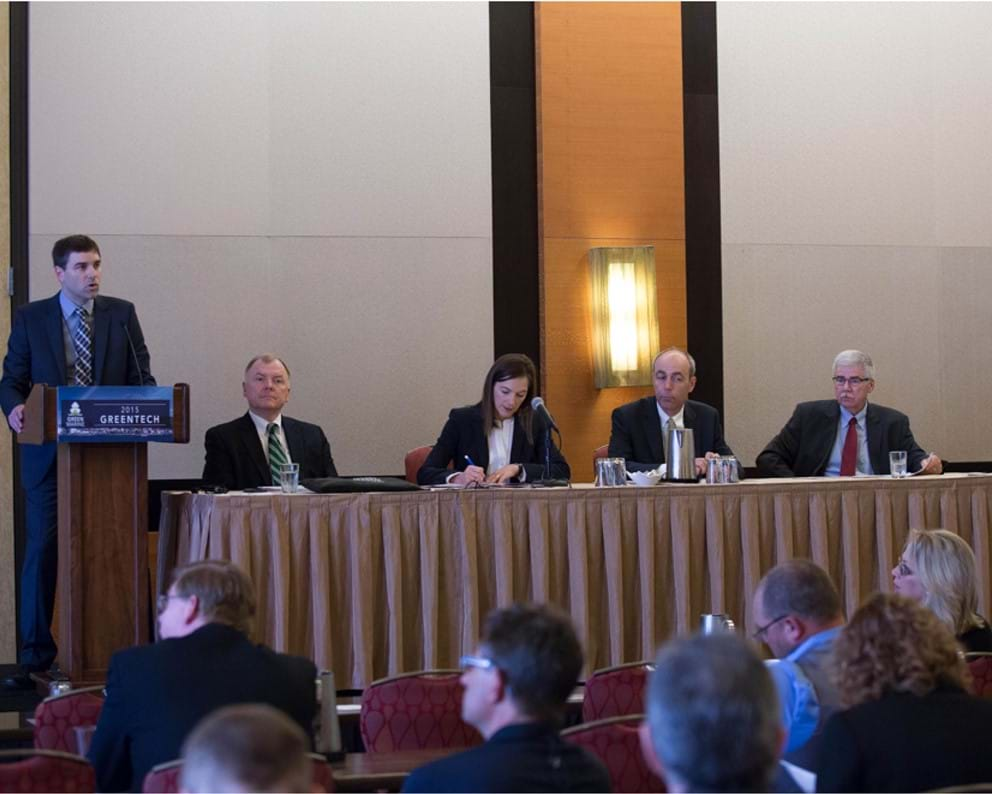
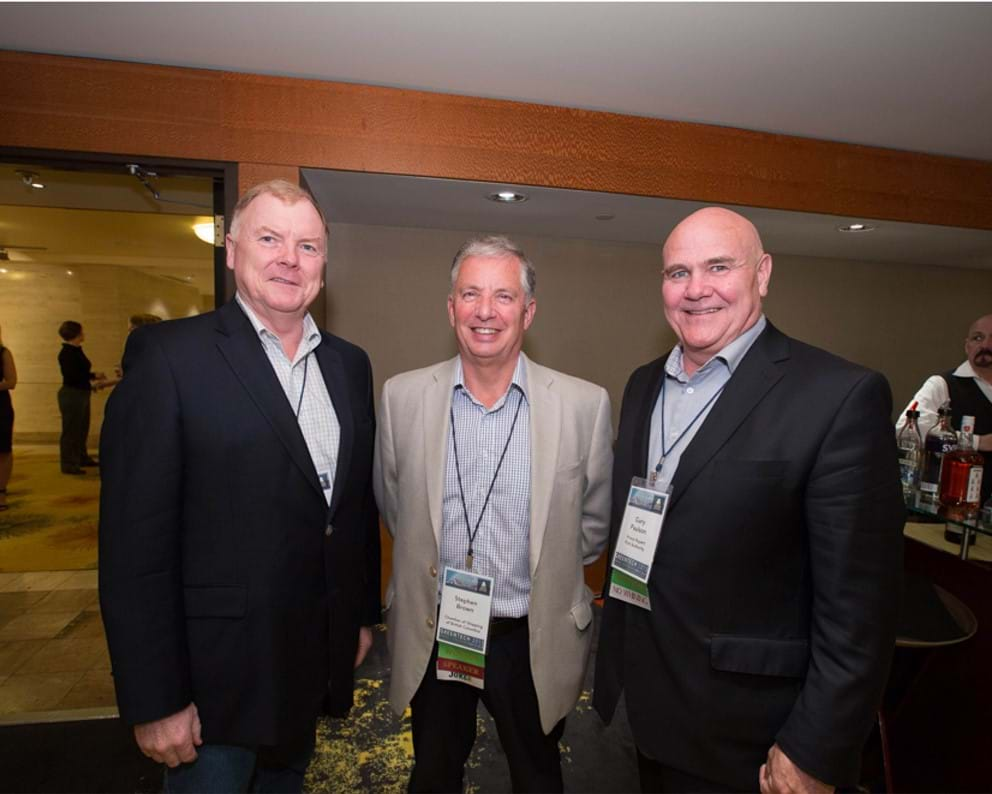
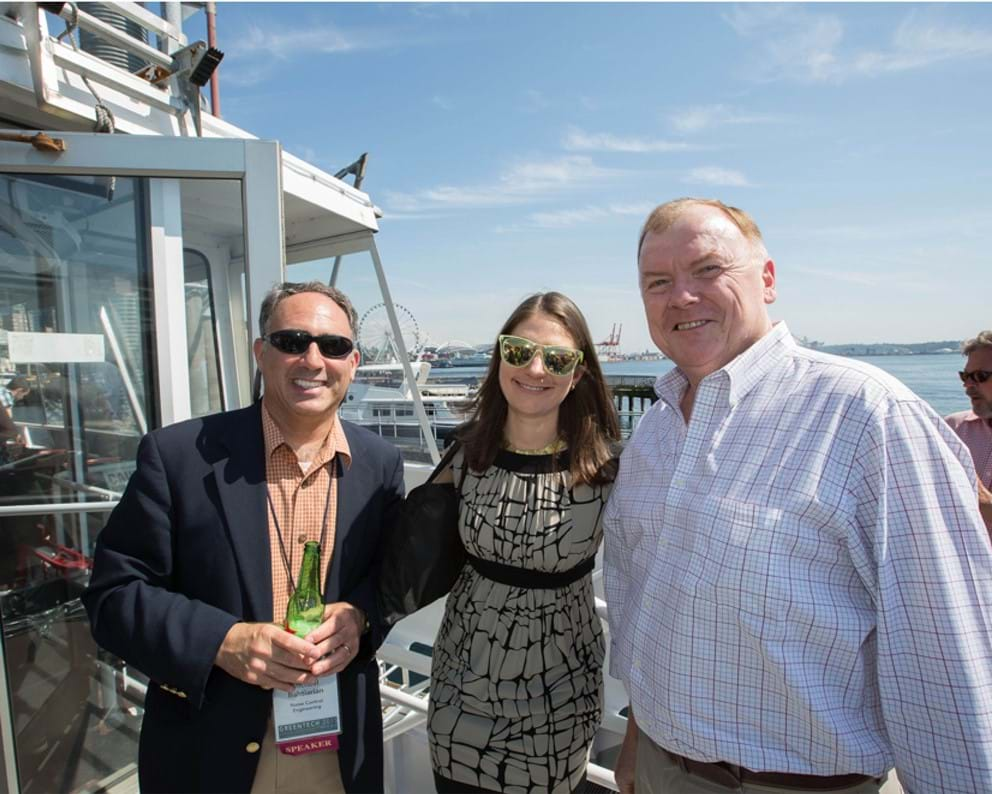
Photos: Ray, through his years attending Green Marine events
